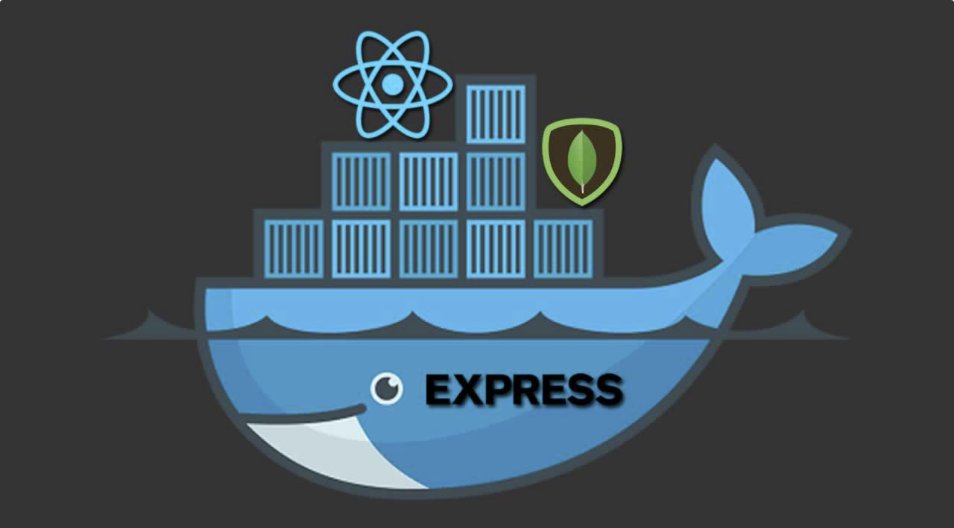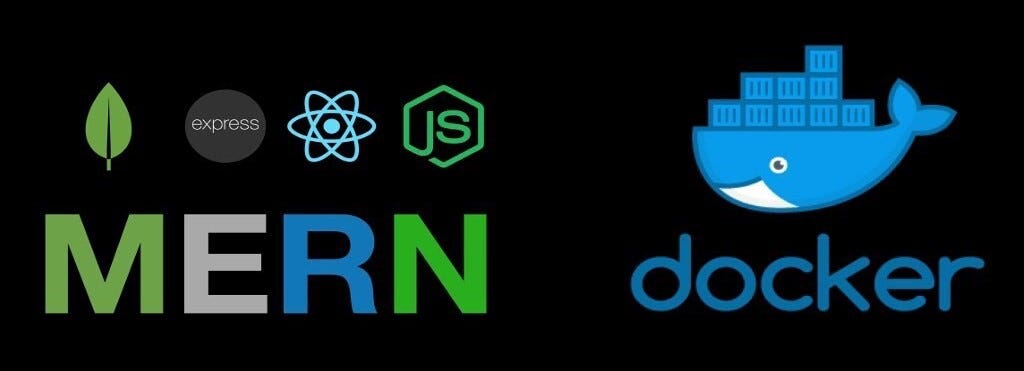The MERN stack is becoming increasingly popular and could be a powerful stack to figure in. Therefore having the ability to build and deploy good MERN applications, greatly helps career prospects as a developer.
The MERN stack is a JavaScript stack that is designed to make the development process smoother. MERN includes four open-source components: MongoDB, Express, React, and Node.js. These components offer an associate end-to-end framework for developers to work in.
MongoDB is a NoSQL (non-relational) document-oriented database. Data is stored in flexible documents with a JSON (JavaScript Object Notation)-based query language. MongoDB is known for being flexible and easy to scale.
Express is a web application framework for Node.js, another MERN component. Instead of writing full web server code by hand on Node.js directly, developers use Express to simplify the task of writing server code.
React was originally created by a software engineer at Facebook, and was later open-sourced. The React library can be used for creating views rendered in HTML. In a way, it’s the defining feature of the stack.
Node.js is constructed on Chrome’s V8 JavaScript engine. It’s designed to build scalable network applications and can execute JavaScript code outside of a browser. For more information, you can refer to the article below: Getting Started with Node JS✌ *Are you a newbie to Web Development? Want to get started with Node.js? This article is for you. Here, you get to know…*medium.com
Before we understand the utility of Docker, let’s first learn about Containers.
“A container is the standard unit of software that packages up code and all its dependencies so the application runs quickly and reliably from one computing environment to another.”
This tool becomes very useful during the development phase. As many developers are involved in the process, it often becomes a hefty task of setting up the environment to run the project, as each project comes with their list of dependencies along with the specified versions.
A Docker container image is a lightweight, standalone, executable package of software that includes everything needed to run an application: code, runtime, system tools, system libraries and settings. Container images become containers at runtime and in the case of Docker containers — images become containers when they run on Docker Engine.
For more information about Docker containers, visit this site: What is a Container? | Docker A container is a standard unit of software that packages up code and all its dependencies so the application runs... www.docker.com
Docker Hub is a cloud-based repository service provided by Docker in which users create, test, store and distribute container images. Through Docker Hub, a user can access public, open-source image repositories, as well as use space to create their own private repositories, automated build functions, webhooks and workgroups. Docker Hub Edit descriptionhub.docker.com
Our main focus in this tutorial is understanding how to integrate Docker with a MERN Stack Application. For explaining this, let’s try to dockerize an E-Commerce Web Application.
You can download the basic E-Commerce Web App from this Link.
We are going to Dockerize Node.JS, React, and MongoDB into separate containers. Then we are going to use DOCKER COMPOSE to run the multi-container application.
At last, from a single command, we can create and start all the services from our configuration.
Clone the GitHub link to a local folder in your computer. Open the folder using VSCode or any text editor of your choice.
Now, we need to create a Dockerfile for the server and the client. The Dockerfile essentially contains the build instructions to build the image.
Let’s start by creating the Dockerfile for the client (our React Frontend).
-
In the client folder, create a file called Dockerfile without any extension.
-
Write the following lines of code in the file:
# Dockerfile for React client
# Build react client
FROM node:10.16-alpine
# Working directory be app
WORKDIR /usr/src/app
COPY package*.json ./
### Installing dependencies
RUN npm install --silent
# copy local files to app folder
COPY . .
EXPOSE 3000
CMD ["npm","start"]We can simply build our Frontend with this command
docker build -t react-app .
To verify everything is fine, we run our newly built container using the command:docker run -p 3000:3000 react-app . This will run just the Frontend.
In the same way, we create a file called Dockerfile for the Backend Server.
-
Now, we create a Dockerfile for the server directory.
-
Write the following lines of code in the file:
# Dockerfile for Node Express Backend
FROM node:10.16-alpine
# Create App Directory
RUN mkdir -p /usr/src/app
WORKDIR /usr/src/app
# Install Dependencies
COPY package*.json ./
RUN npm install --silent
# Copy app source code
COPY . .
# Exports
EXPOSE 5000
CMD ["npm","start"]We can simply build our Backend with this command:
docker build -t node-app .
“Compose is a tool for defining and running multi-container Docker applications. With Compose, you use a YAML file to configure your application’s services. Then, with a single command, you create and start all the services from your configuration.”
To run our entire application together, i.e run all containers parallelly, we need to configure the docker-compose file.
-
In the main directory of the project, (outside the server/client) create a file named docker-compose.yml .
-
Write these contents into the file.
version: '3.7'
services:
server:
build:
context: ./server
dockerfile: Dockerfile
image: myapp-server
container_name: myapp-node-server
command: /usr/src/app/node_modules/.bin/nodemon server.js
volumes:
- ./server/:/usr/src/app
- /usr/src/app/node_modules
ports:
- "5000:5000"
depends_on:
- mongo
env_file: ./server/.env
environment:
- NODE_ENV=development
networks:
- app-network
mongo:
image: mongo
volumes:
- data-volume:/data/db
ports:
- "27017:27017"
networks:
- app-network
client:
build:
context: ./client
dockerfile: Dockerfile
image: myapp-client
container_name: myapp-react-client
command: npm start
volumes:
- ./client/:/usr/app
- /usr/app/node_modules
depends_on:
- server
ports:
- "3000:3000"
networks:
- app-network
networks:
app-network:
driver: bridge
volumes:
data-volume:
node_modules:
web-root:
driver: localTo create the build for the entire application, we need to run the following command: docker-compose build
We can start the multi-container system using the following simple command: docker-compose up
At last, we can open http://localhost:3000 to see our React Frontend.
The backend server is live on http://localhost:5000
And MongoDB is running on http://localhost:27017
We can inspect running services using the docker-compose ps command.
The docker-compose logs will dump logs of all the running services.
To stop all the services, we use docker-compose stop.
Using docker-compose down --volumes brings everything down, removing the containers entirely, with the data volume of the services.
Finally, we have successfully dockerized our E-Commerce Web app.
You can find the final GitHub Repo link below:
You can reach out on my Twitter, Instagram or on LinkedIn if you need more help. I would be more than happy.
Good Luck 😎 and happy coding 👨💻

